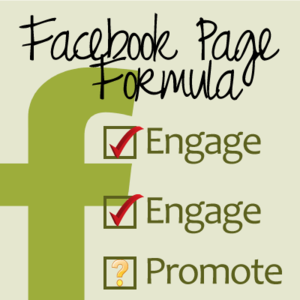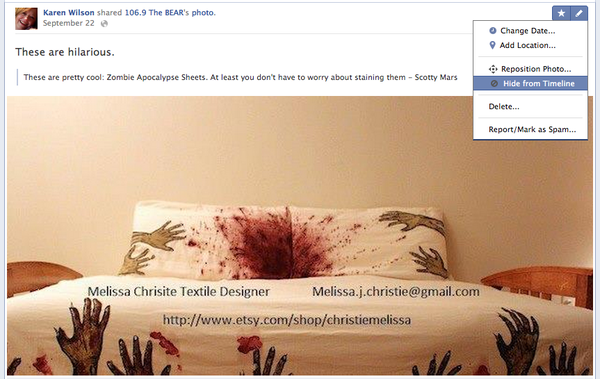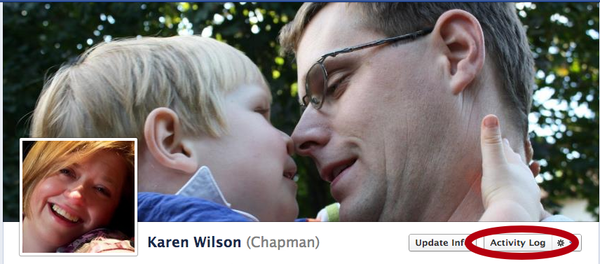 There’s been a lot of controversy since Facebook made a recent change to the EdgeRank algorithm and many pages are employing any tactic they can find to get around EdgeRank. This controversy began when reach on posts published by Page admins started taking a nosedive around September 20th.
There’s been a lot of controversy since Facebook made a recent change to the EdgeRank algorithm and many pages are employing any tactic they can find to get around EdgeRank. This controversy began when reach on posts published by Page admins started taking a nosedive around September 20th.
There is no doubt that many Page admins, in particular businesses, are upset at what’s been going on. Others are more philosophical.
Realizing that the page you’ve built for months or years has lost so much ground in such a short time can be so discouraging, but here are five things that every Page admin and Facebook user needs to keep in mind:
- Facebook EdgeRank has been around for well over a year. You’ve had the affects of this algorithm showing up in your newsfeed for this entire time. It was only last year when third-party apps were being treated differently than native Facebook posts that people started to really pay attention to EdgeRank. Just like Google’s search algorithm, Facebook is making occasional tweaks to EdgeRank. Ultimately, it forces Page admins to deliver better content more consistently.
- Facebook Pages are free to use. Promoting posts isn’t required, but it’s sure nice to be able to do for the right posts that you want to get attention. Consider this a new line item in your advertising budget. Advertising isn’t free, but that’s exactly what Page admins get for the use of Facebook - it’s a tool and we’ve had it free to use since they launched in 2007. That’s a lot of free promotion!
- Advertising in a newspaper, on TV, magazine or any other traditional media is not a guarantee of eyeballs. It is even less a guarantee of response to the call to action. Do you track the return on investment for traditional advertising? You have to do the same for Facebook advertising. If there’s no return, the investment isn’t worth it.
- If your content is boring, predictable and lacks a reason to respond, it will not be noticed and your EdgeRank will suffer. However, engaging content that gets your fans talking helps your EdgeRank and increases your reach.
- There’s a myth out there that you have to promote every post. Let me give you some financial advice: Do not promote every post. It’s a waste of your money and totally unnecessary. The interesting thing about promoting posts is that it seems to have a lasting effect on reach. Promote a post and watch your reach continue to soar, then gradually drop for about 4-7 days after the promotion ends. That means that the content you share post-promotion is even more important to add extra punch!
Bonus point: Facebook is now a public company that has to assure shareholders and board members that it is going to deliver ongoing profits. Promoted posts are just one of many ways they’re doing that.
If you’d like to know more about promoted posts, click here or ask us questions in the comments! Feel free to leave your thoughts about this issue as well.






